
fitnesstrainer
Did you know that strong feet are the foundation of the entire musculoskeletal system? A healthy spine allows you to feel good about yourself and stay active even in your old age.
Many people focus on large muscle groups in their workout. We pump the gluteal muscles, back, pectoral muscles, front and back of the thighs, but we completely forget about the feet. They are the first link that takes the load in walking, running or barbell training. The feet come in contact with the ground thousands of times a day, so nature designed them to be curved to cushion the step.
Many injuries occur because the feet are weak and in the wrong position. Because of this, all further links – shins, knees, pelvis and back – receive too much momentum and uneven load. As a result, our body develops unharmoniously and we have problems with all joints.
What are some of the foot injuries that occur with running?
Plantar fasciitis. Our body has a plantar ligament that supports the arch of the foot. Plantar fasciitis is an inflammation of the plantar ligament. Such a problem occurs due to uneven distribution of load. For example, during running, the ligament is stretched, and frequent repetitive stretching of this area leads to the formation of micro tears. As a result, our feet hurt and swell.
Ankle Ligament Strain. Probably each of us has at least once in our lives turned our foot up, and those with weak shin ligaments may suffer from this several times a year. We feel sharp pain, the site of the injury becomes inflamed, and there is a localized rise in temperature. In more serious cases, the ligaments may tear, surgery will be required.
Repetitive stress loading. Such injuries occur with a systematic shock load on the foot, when the work is not distributed correctly and is not softened by the sole of the shoe. Causes can be running on asphalt, incorrect running technique, uncomfortable shoes, overweight. In such a case, each running step pinpoints the same area of the bone, where a fracture without displacement may eventually form.
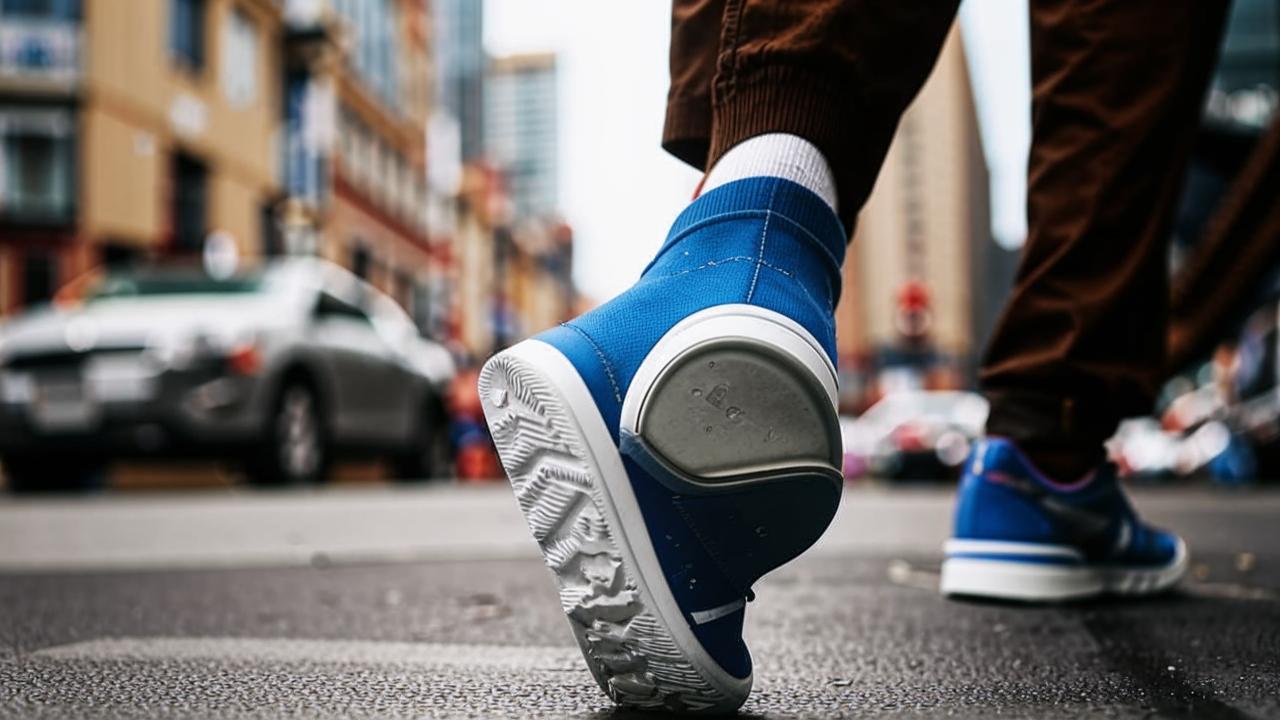
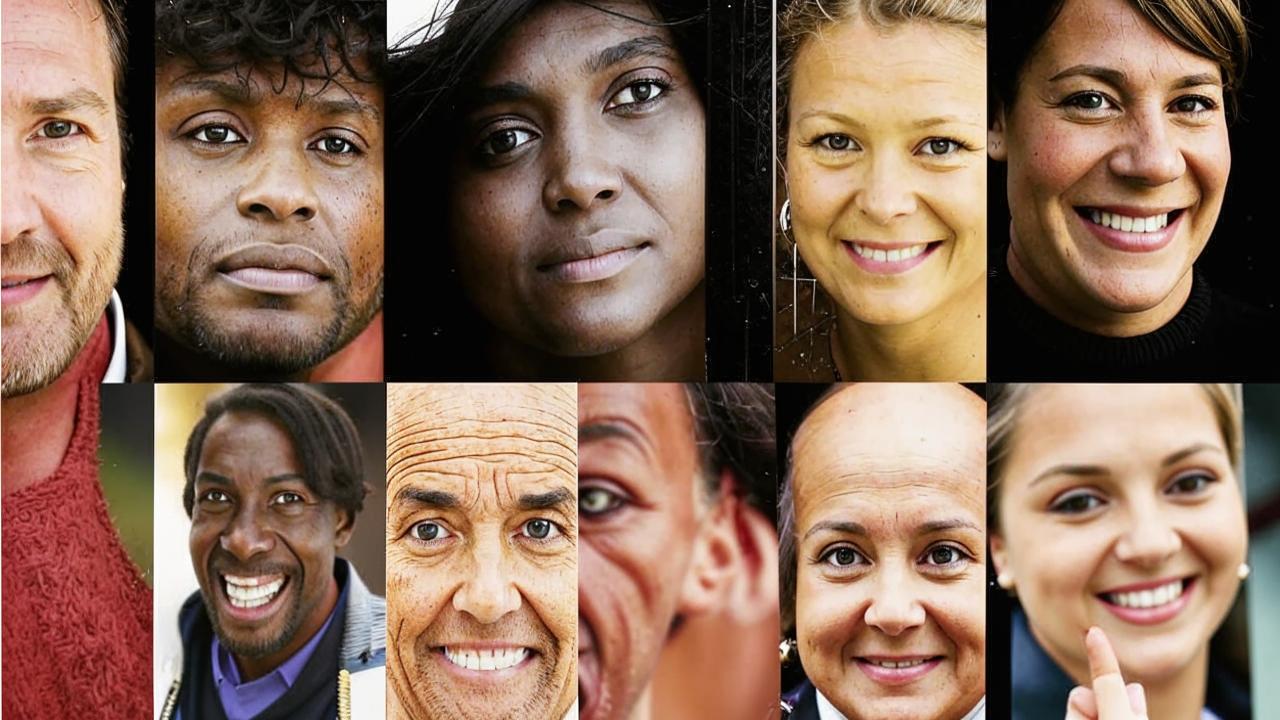
Orthopedic traumatologist, podiatrist (foot disease specialist)
“When running improperly, less obvious consequences can be bothersome.”
Knee and back pain. The technique of running with the landing of the entire body weight on the heel can cause pain, inflammatory diseases (arthritis), as well as lead to osteoarthritis of the knee and hip joints, osteochondrosis, protrusions and herniated discs of the spine.
Big toe bone. Repulsion of the foot from the surface is due to the big toe. At the moment of pushing, the big toe and its joints bear the load of the whole body. If the foot is not properly positioned, the overloaded joint will become sore, inflamed, distorted and enlarged.
Toenail problems. Choosing the wrong shoes and improper biomechanics of stepping and running can cause foot nail problems. Ingrowth, injury, deformation, detachment, and more are all common in professional athletes as well as those just starting out in running.

Simple exercises to strengthen your feet
To improve athletic performance and protect yourself, you need to do special exercises. Let’s understand how to properly knead the feet before training, how to strengthen them and when it is best to do stretching.
Lift on the toes
Techniek
- It is necessary to find some elevation and stand on it so that the heels hang in the air. A bar, a ladder or a step platform is suitable. For convenience, hold on to the support with your hands.
- Your back is straight. Scapulae together, chest forward.
- As you exhale, lift yourself upward with a powerful movement due to the toes of your feet. Note that the weight of the body is transferred to them.
- Hold this position for 1-3 seconds. The higher the level of athleticism, the longer stay in the upper point.
- As you inhale, gently lower your heels down until you feel a stretch in the bottom of your legs.
Perform two to three approaches of 30 times each. Rest between approaches – one to two minutes.
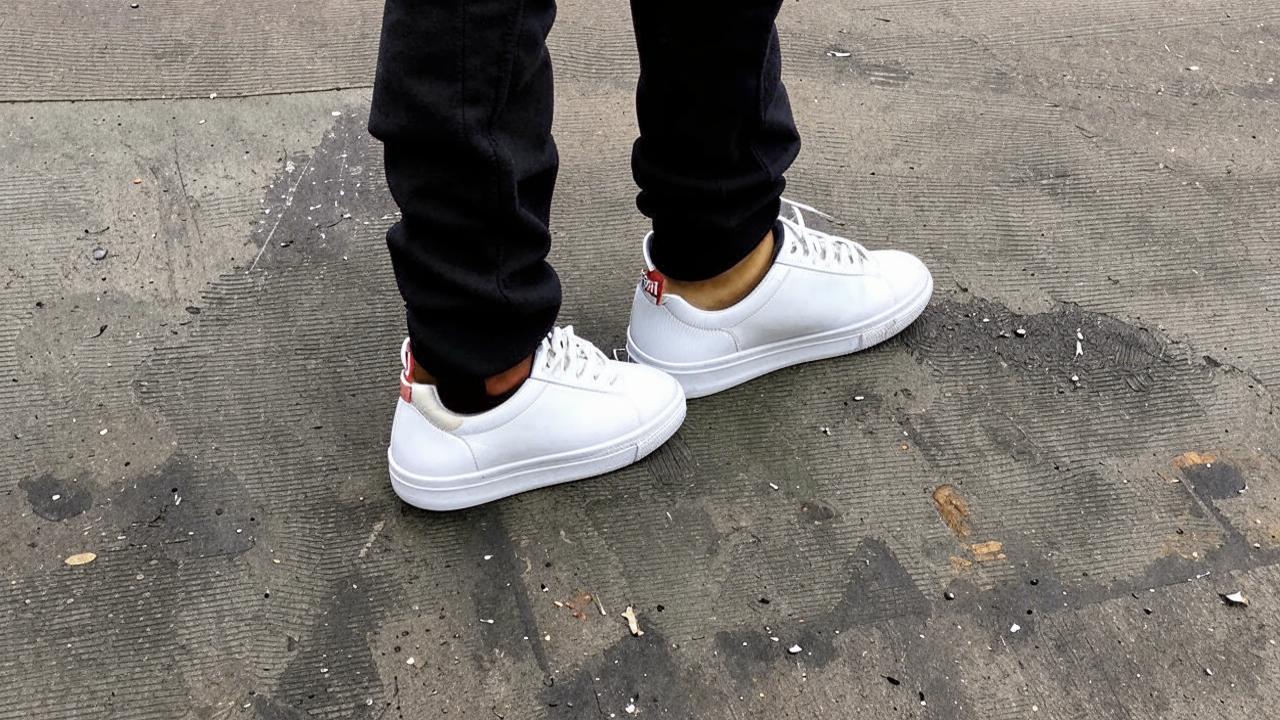
Rolling from heel to toe
Techniek
- It is necessary to stand on a flat surface, so that the feet are in close contact with the floor in shoes or barefoot.
- The back is straight. Scapulae together, chest forward. Hold the support with your hands to keep your balance.
- As you exhale, lift yourself upwards with a powerful movement due to the toes of your feet. Hold in this position for 1-3 seconds. The higher the level of athleticism, the longer stay in the upper point.
- As you inhale, gently roll from toes to heels. Hold at the heel for 1 to 3 seconds.
Perform two or three approaches for 15-20 times. Rest between approaches – one to two minutes.
Is foot stretching necessary and how to do it correctly?
Stretching should be done in the final part of the workout. Thanks to stretching you can relax overstretched muscles, increase the elasticity of muscles and fascia, improve blood circulation, which will enhance the delivery of nutrients to the muscles, and remove decomposition products from the body after a hard workout.
All foot and lower leg stretching exercises are performed on warmed up muscles and ligaments. Be sure to perform the exercises smoothly, without jerks and sudden movements. 10 minutes will be enough.
Stretching the foot
Techniek
- It is necessary to find a hill and stand on it so that the heels hang in the air. A bar, a ladder or a step platform is suitable. For convenience, hold on to the support with your hands.
- Your back is straight. Scapulae together, chest forward.
- As you exhale, gently lower your heels down until you feel a stretching sensation in the lower part of your legs.
- Hold in this position for 30-60 seconds.
Perform three to five approaches. Rest between approaches – 30 seconds.
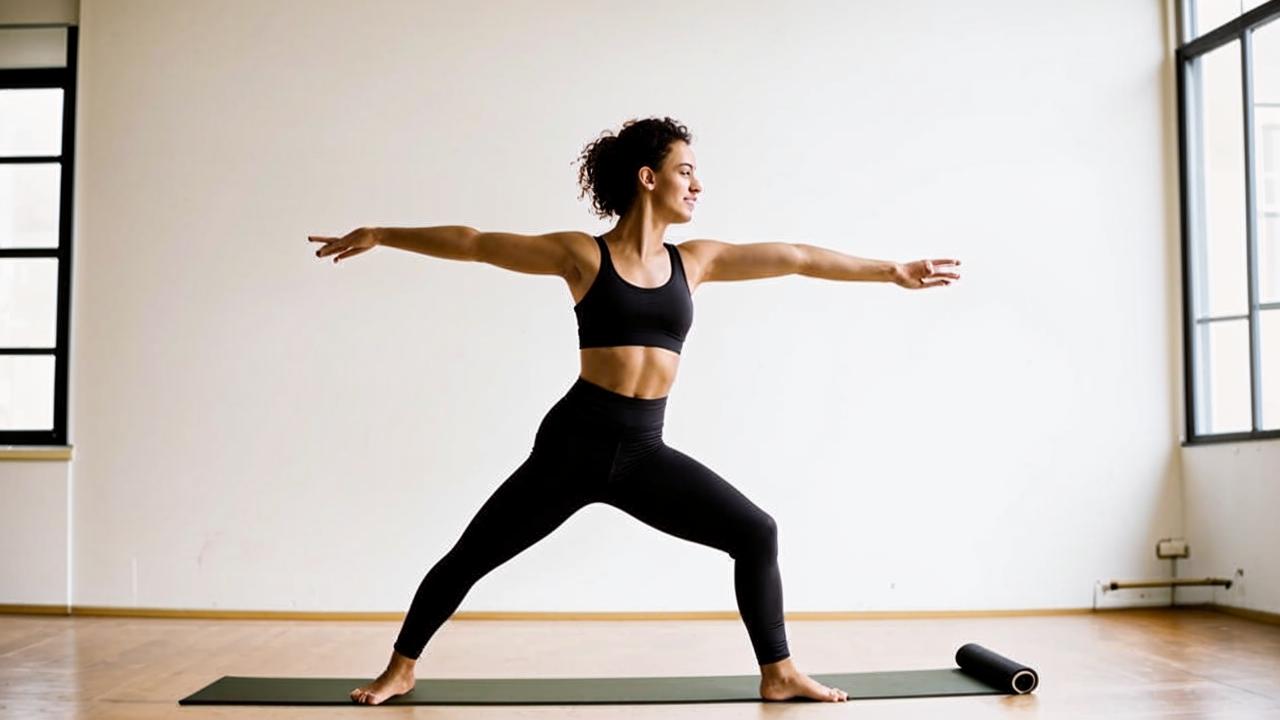
Foot exercises for children
Children who suffer from foot problems, quickly get tired while walking, are more prone to injuries, have an irregular gait. Also, the lower limbs and posture may not develop properly.
To keep your child healthy and cheerful, you need to do exercises to correct foot problems. Exercises for children and adults are very different. An adult is able to perform a monotonous load for a long time, but a child is not. We recommend choosing such exercises to make the training interesting. In case of pronounced deformities of the feet, be sure to visit a doctor.
It is best to conduct regular classes in a playful format. The orthopedist recommends practicing 2-3 times a day. This set of exercises can be done as a separate full-fledged activity, and as a warm-up or warm-down of any other training.
- Walking on toes and heels for 15-30 seconds.
- Walking in a straight line. Draw a straight or zigzag line on the floor. Take 10-20 steps.
- Bending and extending toes in a sitting position for 30-45 seconds for each foot.
- Bend forward on straight legs with hands touching the floor for 10 to 20 repetitions.
- Walking on the outside of the foot. Take 10 to 20 steps.
- 10 squats on the full foot without taking the heels off the floor.
- Heron stance on one leg for 10 seconds.
- Walking on uneven surfaces: sand, grass, pebble beach, special grooved mats.
- Rolling a cutter or ball with the foot for 60 seconds.
- The game of “palms” with the feet.
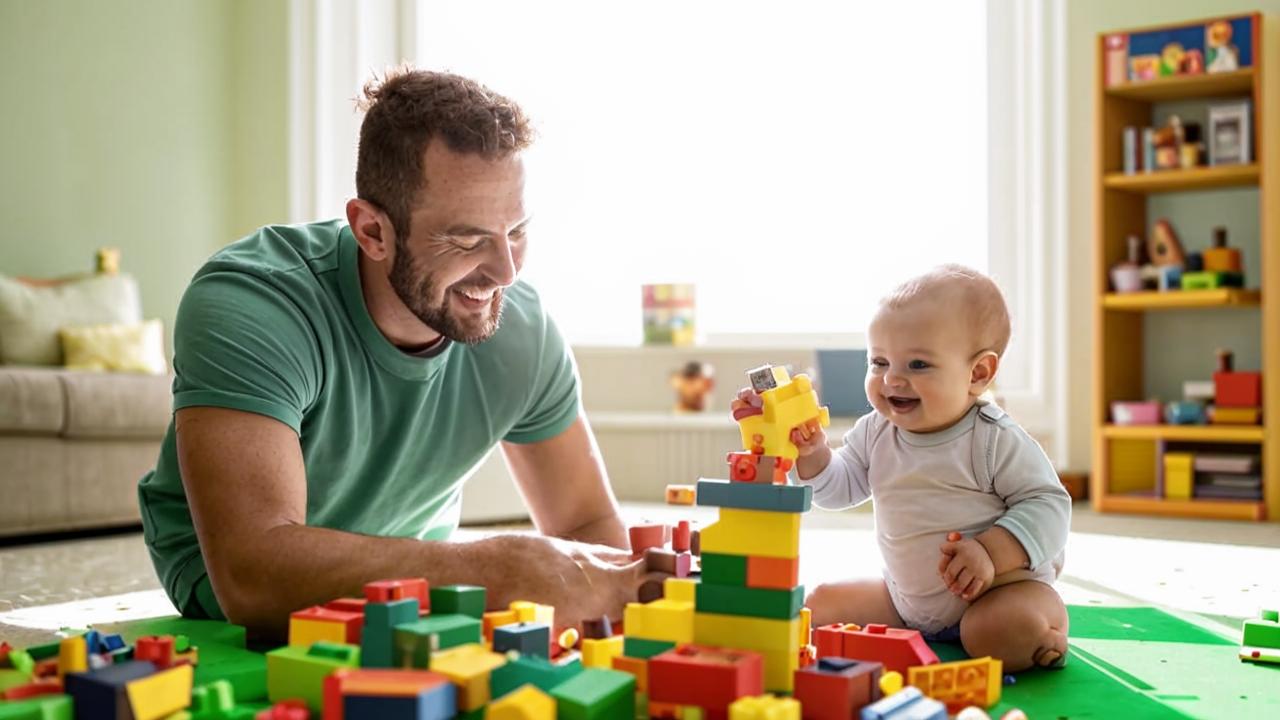
What exercises for the feet to do with flat feet?
A healthy foot anatomically has two arches, which support the body in the correct position and act as shock absorbers, softening the shock loads during walking and running.
In flat feet, the shape of the foot’s arch is disturbed. It looks flat and all or most of it is in contact with the ground. Flat feet are mobile and stiff, longitudinal and transverse.
In mobile flatfoot, the foot remains flexible and is able to form an arch, but it becomes flat when standing. This type of flatfoot is common and can be corrected with special exercises.
In rigid flatfoot, the foot is stiff and cannot form an arch. This is usually a result of the way the bones in the foot have formed. In this case, exercises can help stop the progression of the disease at an early stage and prevent negative effects on the condition of the spine and joints.
The most common causes of foot deformity: sedentary lifestyle, overweight, muscle weakness, congenital features and wearing uncomfortable shoes. Essentially, the foot stops performing its basic functions of cushioning and balance.
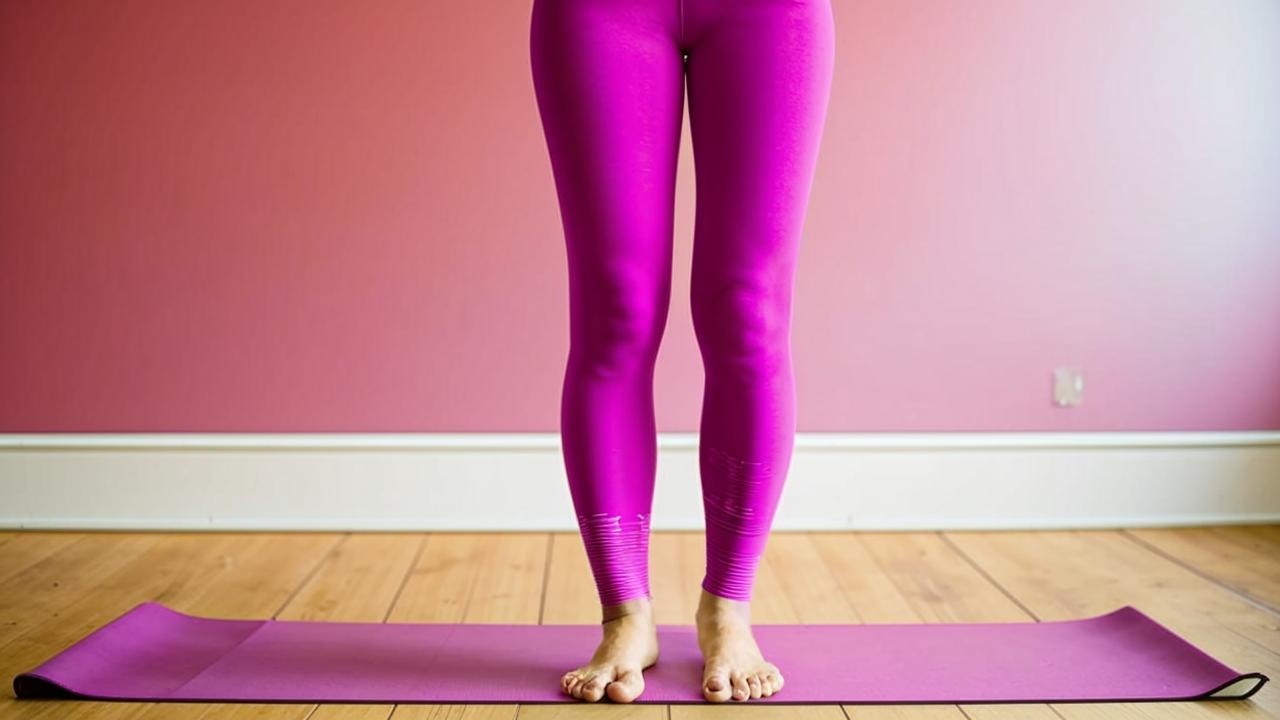
6 best exercises for flat feet
- Lifting the body on the toes: three approaches of 20 times.
- Rolling from heel to toe: three approaches of 10 times.
- Standing “Heron” on one leg: 15-30 seconds.
- Walking on a stick or body bar with the whole foot: 30-60 seconds each.
- Forming an arch-shaped arch inside the foot: 15 times for each foot. You can use a rubber expander to make it more difficult.
- Rolling the feet with a ball: three minutes for each foot.
See the technique of performing foot exercises in the video.
Exercises are an effective way to correct feet from deformity. There are no contraindications to performance, but it is necessary to do everything technically correct and observe elementary restrictions. For example, any acute injuries, fresh wounds, painful sensations.
Flatfoot is easiest to remove in children, because their body is still forming, and the foot is more flexible. Exercises are not always able to return the feet to normal, but they can stop the progression of the disease and improve the quality of life.






